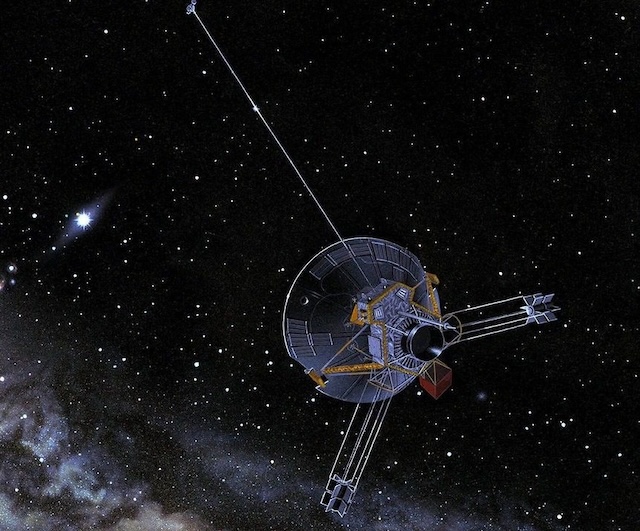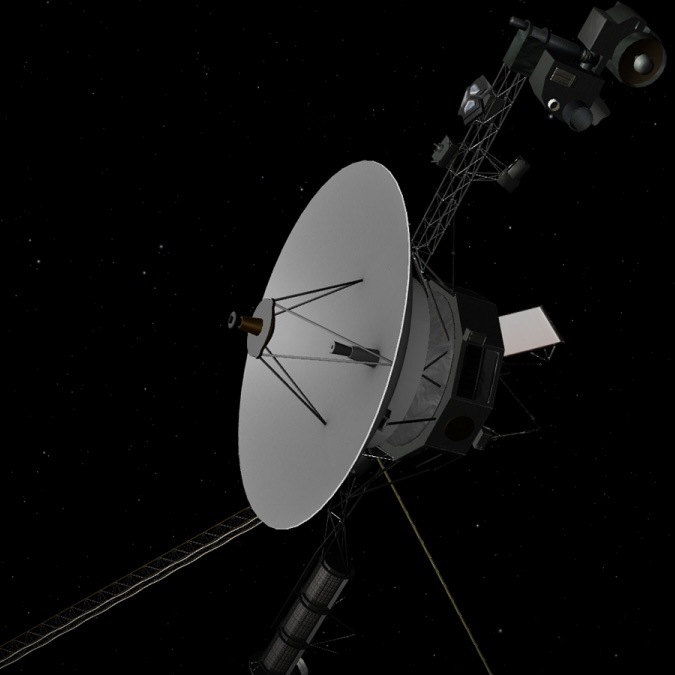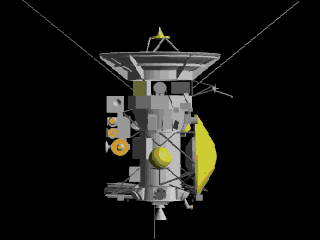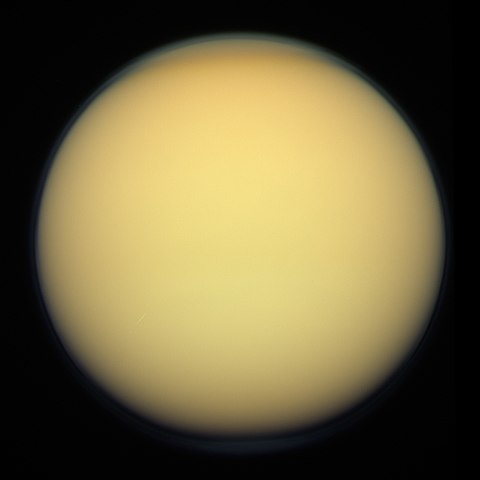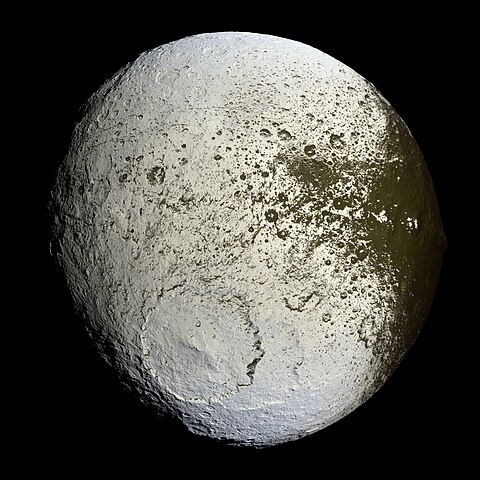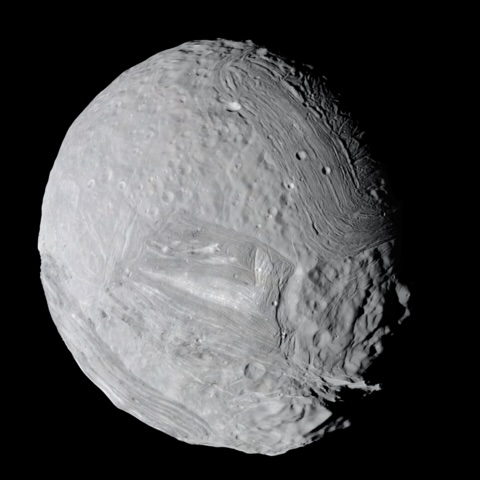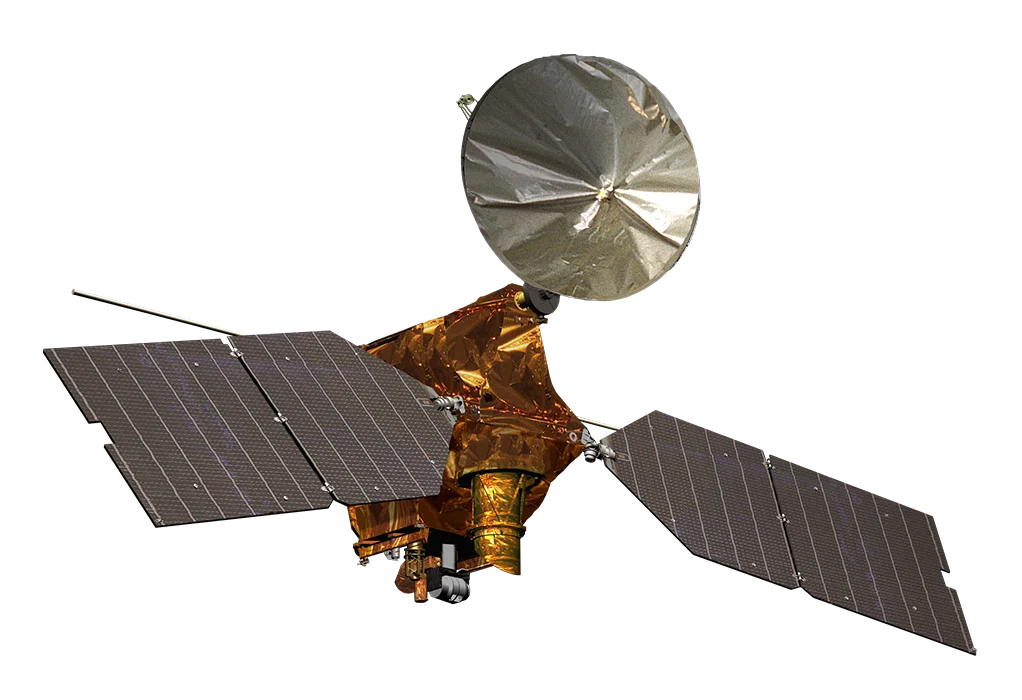1 day / second
0.5 AU
Phoebe
Moon of Saturn
An irregularly shaped, retrograde moon believed to be a captured Kuiper Belt Object that orbits Saturn at a steep angle far beyond its other major satellites.
Key Facts
learn more | Wikipedia |
mass | 8.3123e+18 kg |
radius | 106.5 km |
semi-major axis | 0.086 AU |
eccentricity | 0.18 |
inclination | 178.51º |
longitude of the ascending node | 269.351º |
argument of periapsis | 15.263º |
orbital period | 1.496 years |
sidereal rotation period | 9.274 hours |
axial tilt | 152.14º |
surface gravity | 0.005 g |
discovery date | August 16, 1898 |
discovered by | William Henry Pickering |
name origins | Named after Phoebe, a Titan in Greek mythology |
dimensions | 220 km in diameter |
albedo | 0.081 |
material composition | Believed to be a captured Kuiper Belt object, composed primarily of ice and rock |
density | Approximately 1.6 g/cm³ |
Parent Planet
Saturn
A massive ringed gas giant with a distinctive yellow-orange hue, known for its extensive system of icy rings and more than 80 moons, including Titan, the only moon in the Solar System with a thick atmosphere.
Spacecraft Visits
Pioneer 11
Flyby
Launched in 1973, visited in 1979
This encounter did not occur - Pioneer 11 flew by Saturn and its moons in 1979 but did not encounter Phoebe, which orbits Saturn in a distant, retrograde orbit.
Voyager 2
Flyby
Launched in 1977, visited in 1981
During its flyby of Saturn's outermost major moon in September 1981, Voyager 2 captured the first detailed images of Phoebe from a distance of 2.2 million kilometers, revealing a dark, heavily cratered surface.
Cassini
Flyby
Launched in 1997, visited in 2004
Cassini made its closest approach to Phoebe on June 11, 2004, coming within 2,068 kilometers of the moon's surface and capturing high-resolution images that revealed a heavily cratered body likely composed of ice and rock.


